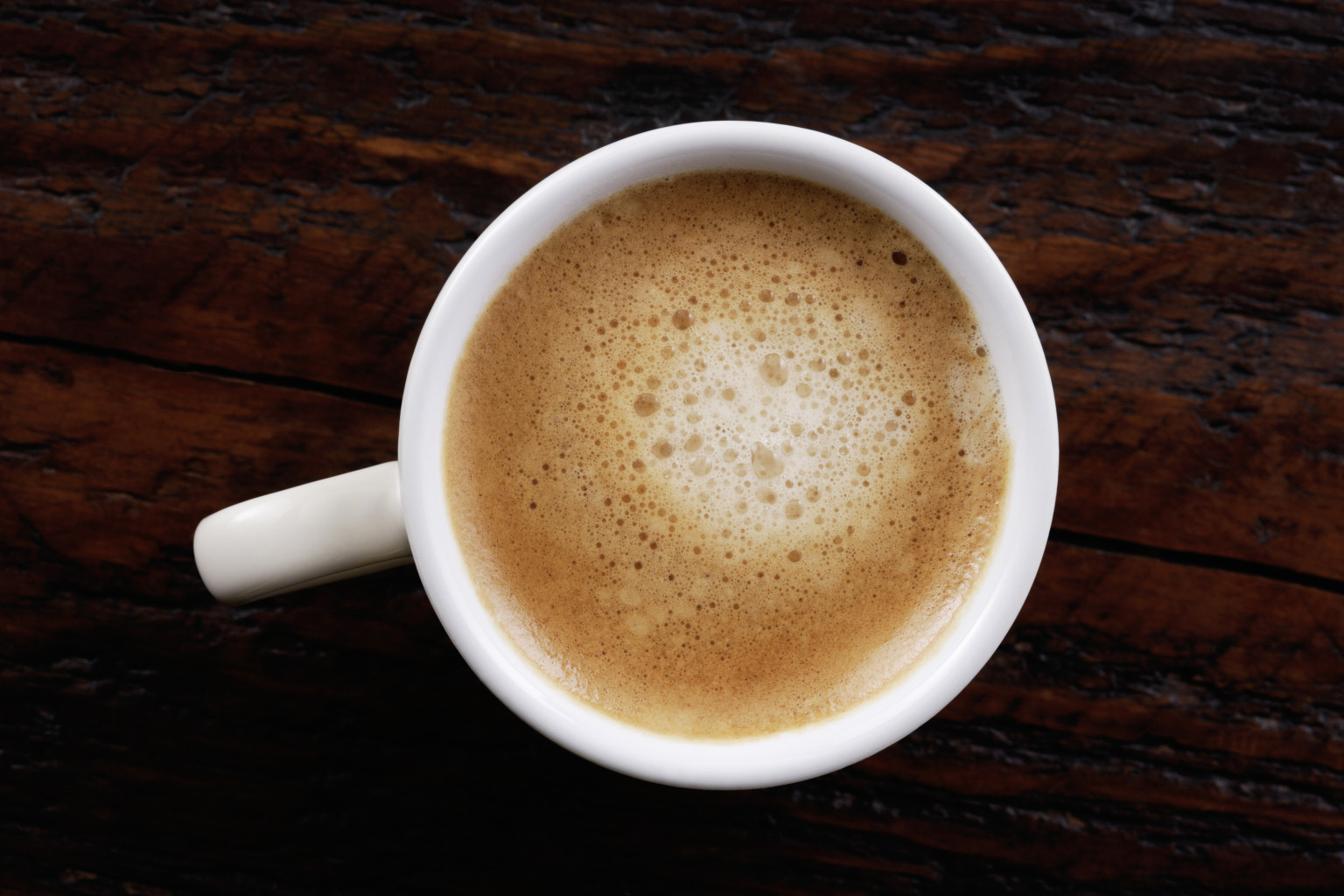
Espresso is the basis for the majority of the coffee and milk based beverages on the menu. The product costs are around 15 cents to make a shot of espresso, and about 35-40 cents to make a mocha, cappuccino or latte ? Obviously, staffing, location and devices include a lot to the expense, but the low consumable costs vs. high retail prices are among the main factors numerous coffee shops are springing up in the areas throughout America.
Follow the link for the full article http://www.4mark.net/story/3292152/why-is-espresso-the-best-coffee-brewing-method.
This guide provides the practical information needed for you to choose the ideal espresso devices for your house, workplace, or business. Without a strong understanding of the different espresso makers, the choice procedure may be somewhat overwhelming and complicated simply due to the reality there are a lot of designs to select from. This guide is not really short, but investing the time to read it will significantly boost your purchasing experience.
Espresso is simply another approach by which coffee is brewed. There are many different ways of brewing coffee that consist of using a range leading coffee maker, percolator, French press (or coffee press), vacuum pot and others. Espresso is brewed in its own special way.
Espresso is a beverage that is produced by pushing hot water, between 192F and 204F, at high pressures, through a bed of carefully ground, compacted coffee. A typical single is approximately 1 to 1.5 ounces of beverage, utilizing roughly 7grams (or 1 tablespoon) of ground coffee. A regular double is between 2 and 3 ounces, utilizing double the volume of coffee premises. The shot is brewed for around 25 to 30 seconds, and the very same time applies to both a single or double shot (double baskets are bigger, with more screen area, and the coffee flows faster - single baskets restrict the flow more, leading to 1.5 ounces in 25-30 seconds).
An espresso machine brews coffee by forcing pressurized water around boiling point through a "puck" of finely ground coffee beans and a filter basket in order to yield a thick, concentrated coffee named espresso. The first machine for preparing espresso was developed and patented in 1884 by Angelo Moriondo in Italy. Check this Twitter Moments collection for an in-depth introduction to the espresso machine.
⚡️ “How to Choose an Espresso Machine” by @coffeeblogger1 https://t.co/sTC6SIx6Yw
— Coffee Lover (@coffeeblogger1) February 28, 2021
The resulting drink, either a single or a double, is topped with a dark golden cream, called crema when brewed properly. Crema is one of the visual indicators of a quality shot of espresso. Consuming an espresso remains in itself an art type of sorts. In Italy, where most true espresso is bought in a cafe, it is traditional to lift cup and saucer, smell the shot, and drink it in 3 or 4 quick gulps. You complete the "event" by clacking the cup back on the saucer in a firm but not-too-hard manner.
Espresso is confusing because more often than not, it isn't prepared properly. True espresso, brewed with a pump or piston driven espresso maker is really demanding on the bad coffee bean grinds. Before we get into the relative 'torture' that ground coffee is put through to produce a remarkable espresso, let us take a step back and go over a bit more the misconceptions about the drink.
Espresso is not a type of bean: This is a common mistaken belief, and incorrect marketing by coffee chains, grocery stores, and even word of mouth give the impression that espresso is a kind of bean. Any coffee bean can be used for espresso, from the most common Brazils to the most exotic Konas and Ethiopian Harar coffees.
Espresso is not a type of coffee blend: This one is also a common mistaken belief, however with some truth to the claim in that there specify blends developed for espresso. The problem is, many individuals think there is only one type of blend that is fit for espresso. Numerous high quality micro roasters would disagree with this - Roaster Craftsmen the world over work vigilantly by themselves version of "the ideal espresso blend".
Espresso is not a Roast Type: Another popular misconception is that espresso can only be roasted one way (and typically the idea is that espresso needs to be incredibly dark and glistening with oils). This is not the case. In fact, the Northern Italian method of roasting for espresso is producing a medium roast, or more typically known as a "Full City" roast if you like on the west coast of the U.S.A.. In California, the typical "espresso roast" is a dark, or "French" roast, and in parts of the eastern US, an extremely light or "cinnamon" roast design is chosen. The bottom line here is this: you can make good espresso from almost any roast type; the decision is simply approximately your own taste.
Espresso is the basis for most of the coffee and milk based drinks on the menu. Espresso is a beverage that is produced by pressing hot water, between 192F and 204F, at high pressures, through a bed of carefully ground, compacted coffee. True espresso, brewed with a pump or piston driven espresso device is very requiring on the poor coffee bean grinds. Espresso is not a type of blend: This one is likewise a common misconception, however with some reality to the claim in that there are specific blends created for espresso. Espresso is not a Roast Type: Another popular misconception is that espresso can only be roasted one method (and generally the thought is that espresso must be super dark and shining with oils).
The full article, and more espresso brewing info at Coffee-Brewing-Methods.com